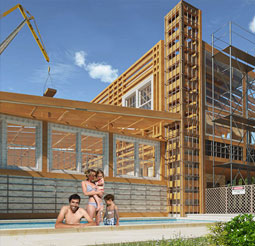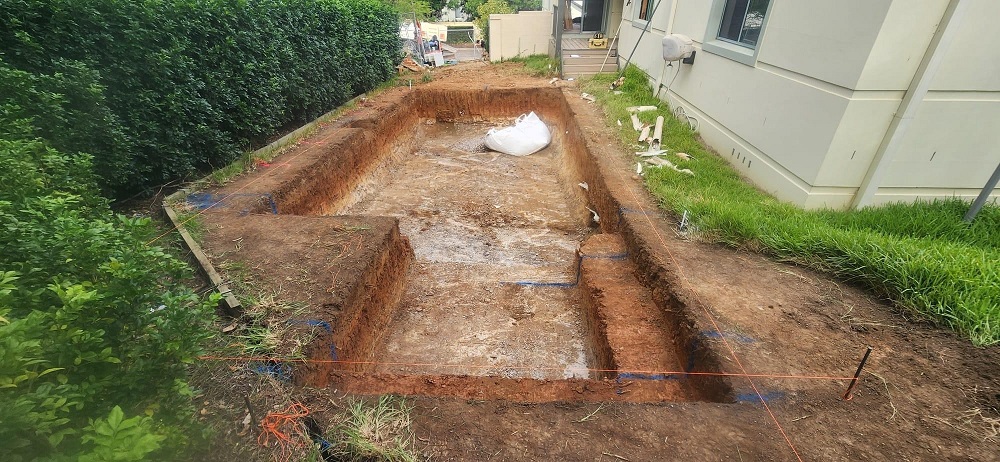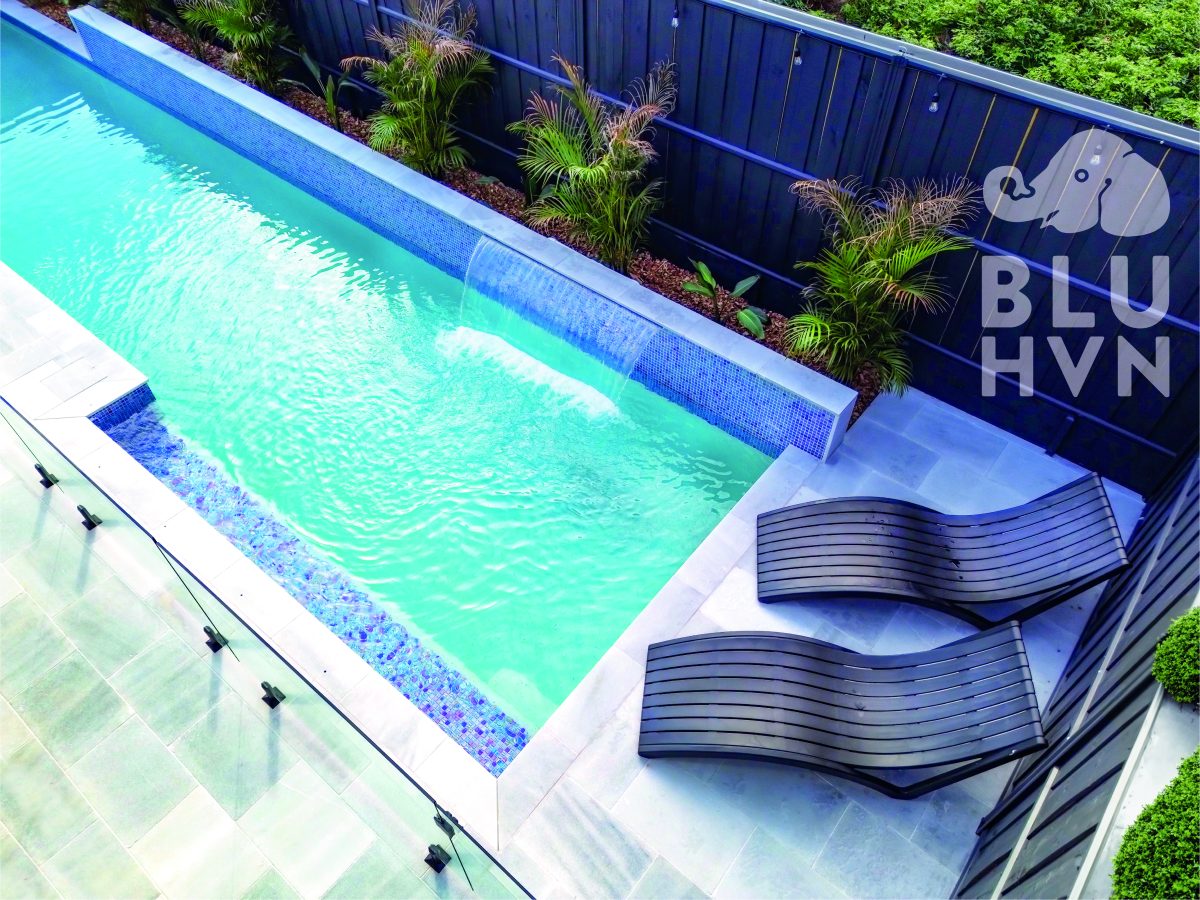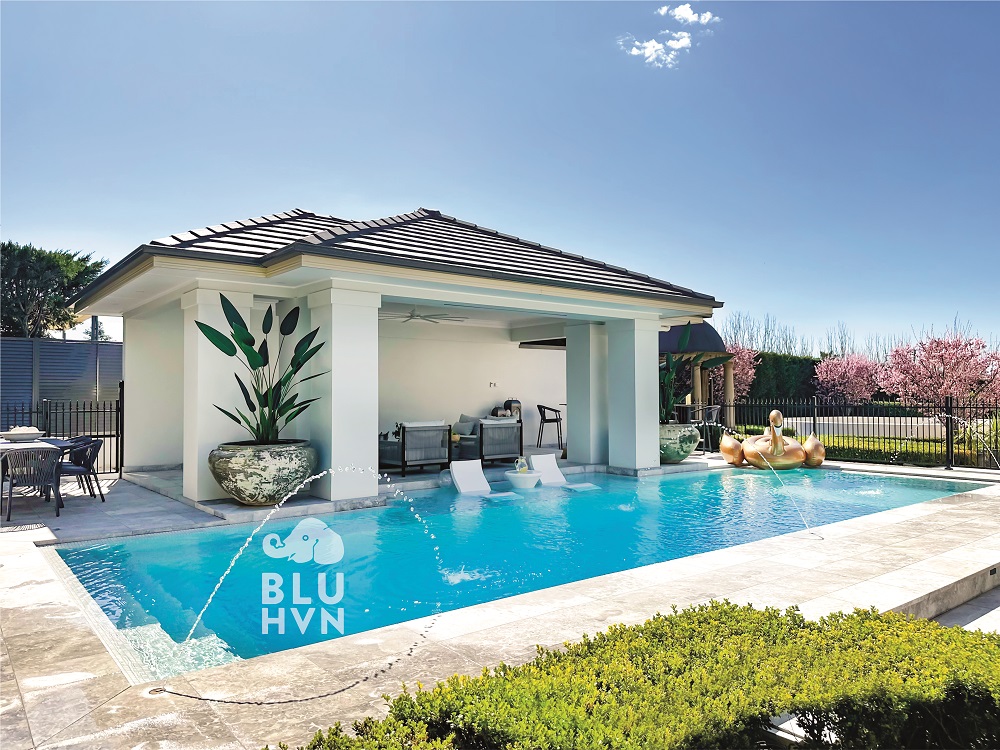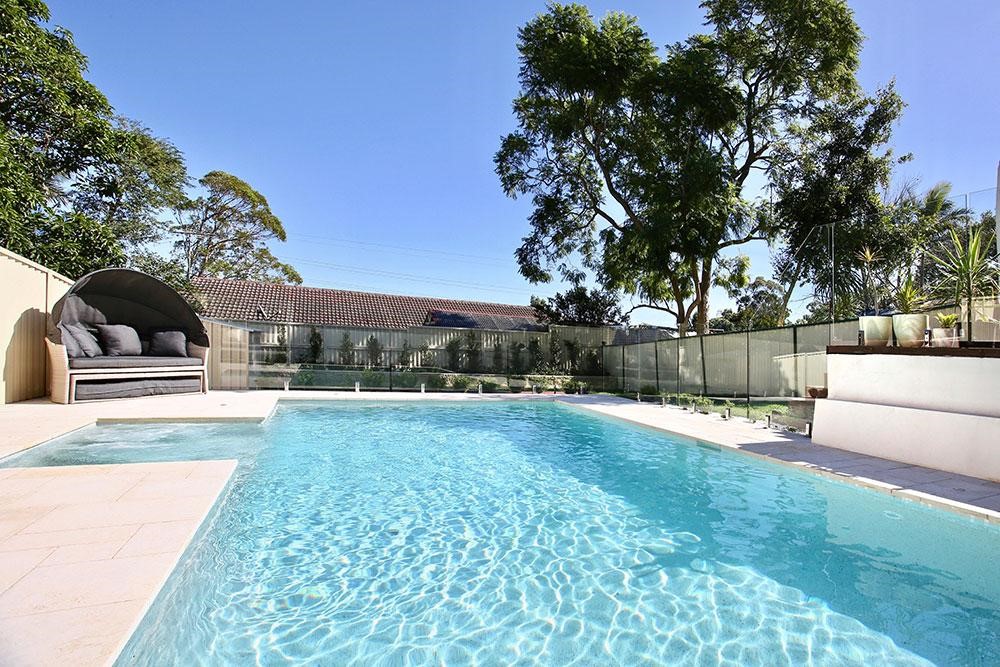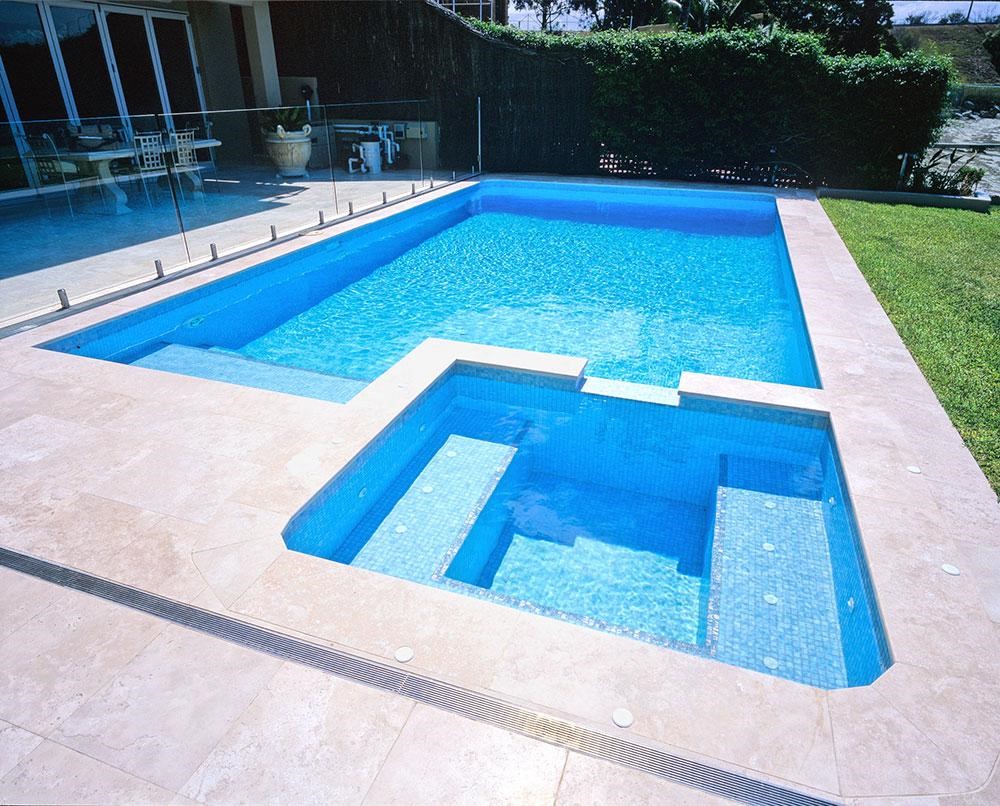Understanding Pool Excavation: Standard vs. Mini Digs and Cost Implications
April 14, 2024
Building a swimming pool is an exciting venture, and central to this journey is the excavation process, a step that sets the stage for your pool’s future. In the current landscape of Australian homes, where access into the backyard can be limited due to the narrow space available between the dwelling and the boundary. If you are planning a knock down/rebuild or building on a vacant parcel of land it’s become increasingly popular to embrace the approach of ‘Pool first, house second.‘ This strategy, which involves getting your pool shell in place before beginning the house build. This will usually reduce complications and save costs on mini machinery.
However, if you’re planning a pool in an established backyard and this sequence is not an option for you, fear not. This guide breaks down the differences between standard and mini digs, focusing on how the available space on your property can dictate the cost and method of your pool’s construction. Let’s uncover the essentials of pool excavation, ensuring you’re well-informed for this crucial phase of your pool creation.
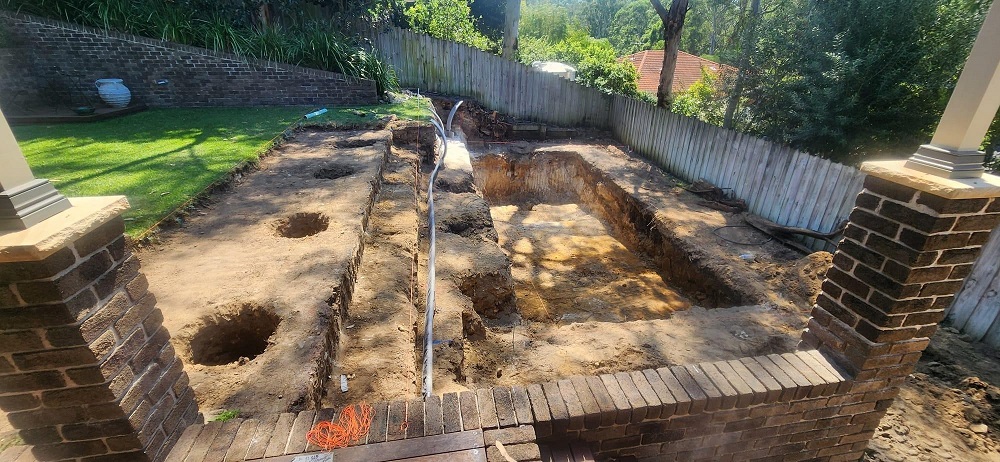
The Importance of Access in Pool Excavation
Contemporary construction trends often lead to homes being built with minimal setbacks from property lines, thus limiting the space available for large machinery during pool construction. The size of the access point not only dictates the type of excavation equipment used but also impacts the efficiency and cost of the entire project.
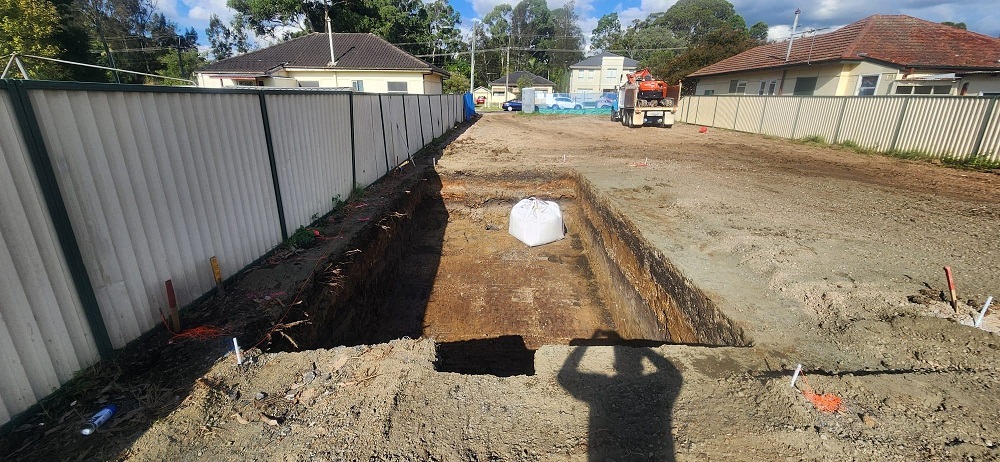
Standard vs. Mini Digs: Understanding the Differences
- Standard Access: Requires at least 2 metres of width x 2.3m height for machinery access and typically involves a 5 tonne excavator.
- Mini Digs: Employed in situations where access is 1 to 1 metres, mini digs use smaller equipment like mini excavators and mini bobcats making them suitable for tight spaces but slower thus increasing costs and even higher costs for rocky terrain where physical jackhammering may be required.
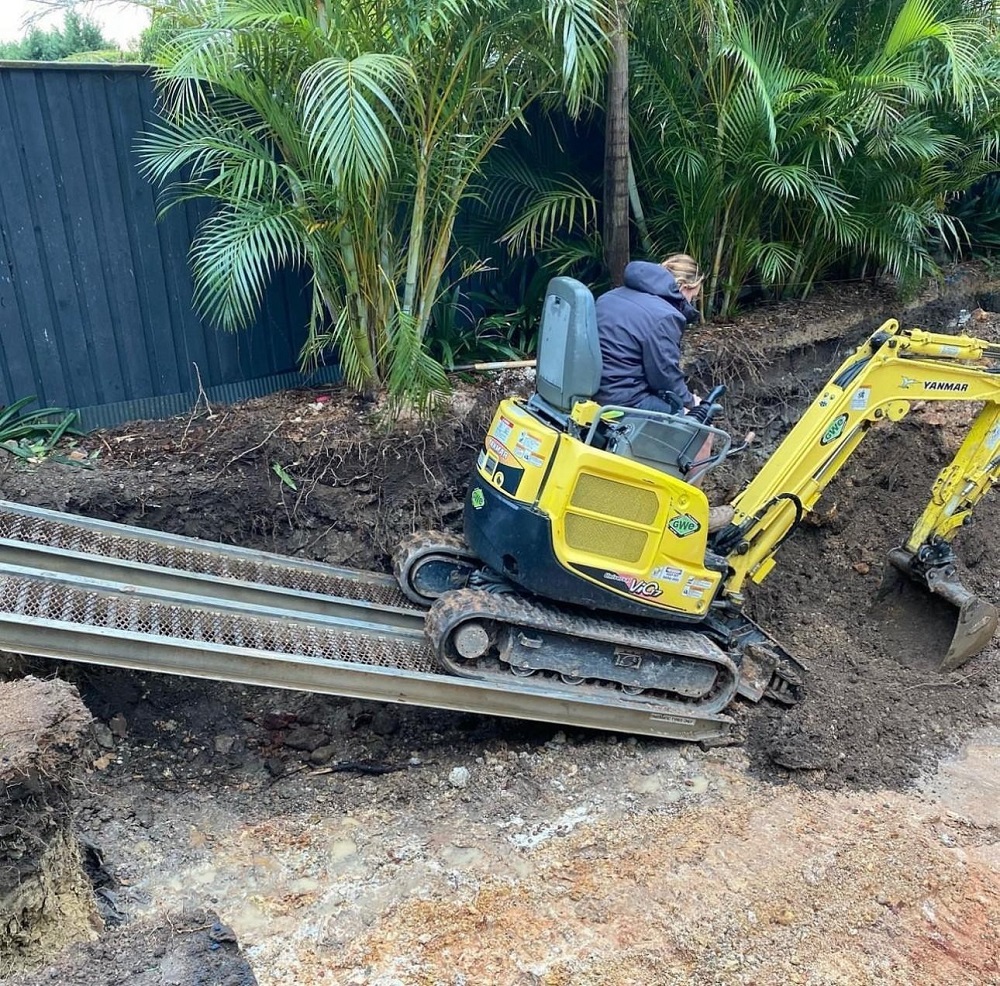
Excavation Process and Equipment
- On sites with restricted access, sometimes, additional strategies including the temporary removal of fencing or neighbour coordination could be possible. Council reserves and neighbours are more common solutions where possible.
- Duration and Equipment Impact: The choice of equipment directly influences the time required for excavation. Standard digs can typically be completed in a day, while sites with limited access may go on for days or weeks.
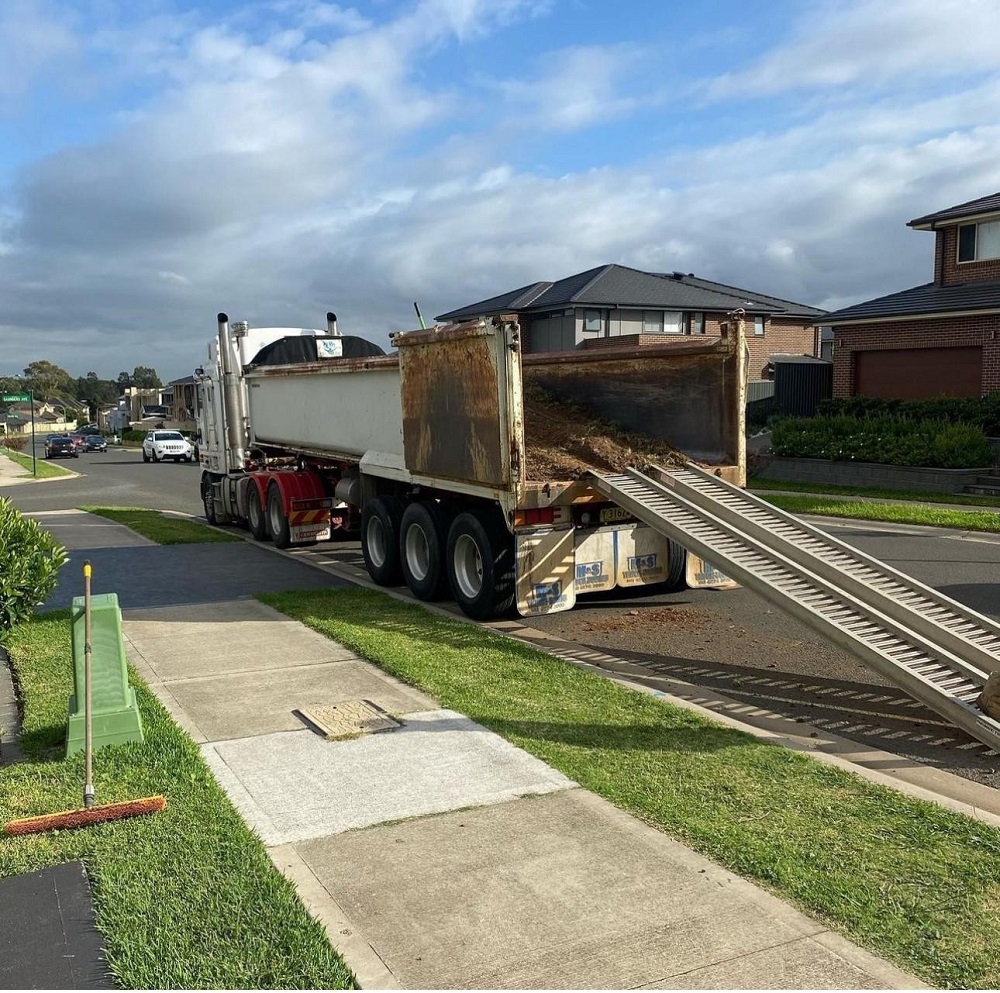
Cost Implications
- Efficiency and Equipment Size: The efficiency of the excavation process is inversely proportional to the size of the equipment. Smaller, specialised equipment for limited access areas often incurs higher costs due to longer project durations. Rock terrain will add to the cost.
- Additional Factors: Other aspects like soil stabilization, if needed, can further influence the overall cost of the project. Soil stabilization is the process of treating soil to make it more stable and suitable for pool It enhances the soil’s strength and load-bearing capacity, particularly important in areas with soft or unstable ground. This step ensures a solid foundation for the pool, but will add to the overall project cost and will require a skilled operator to work alongside formwork crews simultaneously.
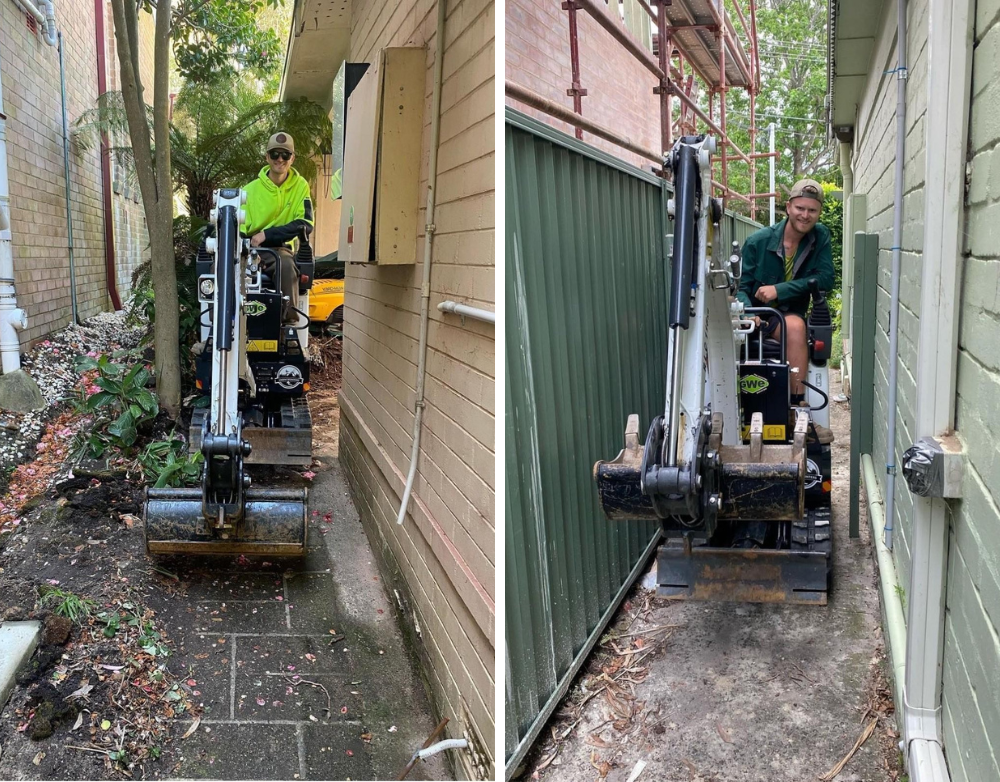
Safety and Compliance
Safety is paramount in any excavation project. Irrespective of the access level or the equipment used, implementing safety measures such as temporary fencing is critical. Compliance with local pool-building regulations regarding soil removal and disposal is also a key consideration.
In a nutshell
The process of excavating for a pool is intricate and largely dependent on the accessibility of your property. It’s important for homeowners to grasp the differences between standard and mini digs, as these choices have significant implications on both cost and construction approach. While limited access can pose unique challenges, modern excavation techniques and equipment are well-equipped to adapt. This flexibility ensures that your dream pool becomes a reality, efficiently aligning with your property’s specific needs and enhancing the overall value of your project.
Interested in learning more or ready to discuss your dream pool project? Contact us today and let’s explore how we can navigate the excavation process together to bring your vision to life.
T: 13 20 25
Read More:
- Cheap Pools, Costly Problems: Understanding the Disadvantages of Low-Cost Pools
- Warning Signals: 10 Signs of a Chemical Imbalance in Your Pool

